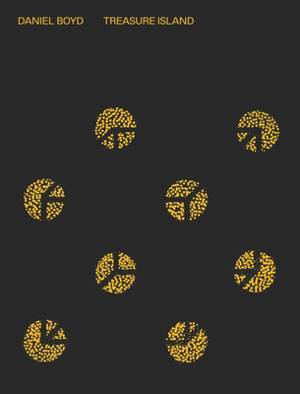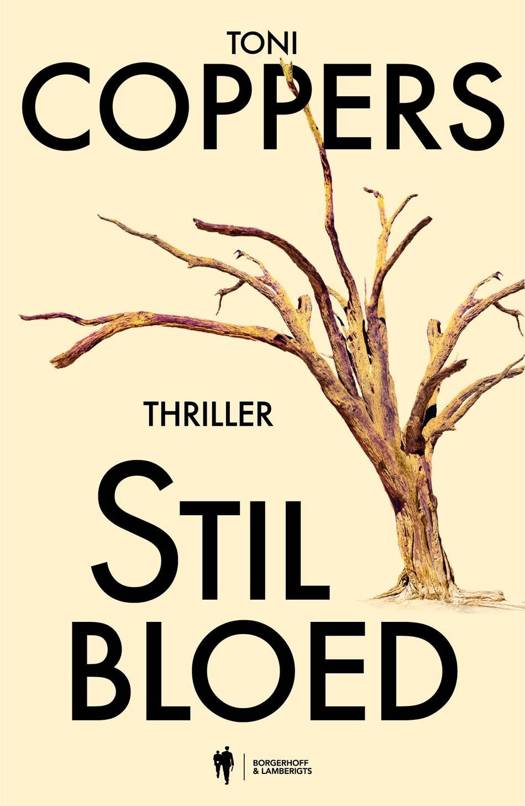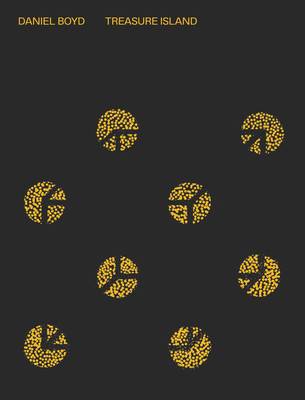
- Afhalen na 1 uur in een winkel met voorraad
- Gratis thuislevering in België vanaf € 30
- Ruim aanbod met 7 miljoen producten
- Afhalen na 1 uur in een winkel met voorraad
- Gratis thuislevering in België vanaf € 30
- Ruim aanbod met 7 miljoen producten
Zoeken
Omschrijving
Daniel Boyd (b 1982) is one of Australia's most acclaimed young artists. His practice is internationally recognised for its manifold engagement with the colonial history of the Australia-Great Ocean (Pacific) region. Drawing upon intermingled discourses of science, religion and aesthetics, Boyd's work reveals the complexities through which political, cultural and personal memory is composed. With both Aboriginal and Ni-Vanuatu heritage, Boyd's work traces this cultural and visual ancestry in relation to the broader history of Western art.
Working with an idiosyncratic painting technique that partially obscures the composition, Boyd refigures archival imagery, art historical references and his family photographs, forcing us to contend with histories that have been hidden from view.
Daniel Boyd: Treasure Island unpacks the ways in which Boyd holds a lens to colonial history, explores multiplicity within narratives, and interrogates blackness as a form of First Nations' resistance. It provides a thoughtful and thought-provoking response to the current moment where critical dialogues on ideas of community, connectivity and cultural repatriation carry special urgency.
With new writing by the exhibition curators and commissioned First Nations authors, the book offers both critical insight into Daniel Boyd's practice as well as creative and experimental responses to his work.
Working with an idiosyncratic painting technique that partially obscures the composition, Boyd refigures archival imagery, art historical references and his family photographs, forcing us to contend with histories that have been hidden from view.
Daniel Boyd: Treasure Island unpacks the ways in which Boyd holds a lens to colonial history, explores multiplicity within narratives, and interrogates blackness as a form of First Nations' resistance. It provides a thoughtful and thought-provoking response to the current moment where critical dialogues on ideas of community, connectivity and cultural repatriation carry special urgency.
With new writing by the exhibition curators and commissioned First Nations authors, the book offers both critical insight into Daniel Boyd's practice as well as creative and experimental responses to his work.
Specificaties
Betrokkenen
- Auteur(s):
- Uitgeverij:
Inhoud
- Aantal bladzijden:
- 248
- Taal:
- Engels
Eigenschappen
- Productcode (EAN):
- 9781741741599
- Verschijningsdatum:
- 22/09/2022
- Uitvoering:
- Hardcover
- Afmetingen:
- 205 mm x 270 mm
- Gewicht:
- 1234 g

Alleen bij Standaard Boekhandel
+ 97 punten op je klantenkaart van Standaard Boekhandel
Beoordelingen
We publiceren alleen reviews die voldoen aan de voorwaarden voor reviews. Bekijk onze voorwaarden voor reviews.








